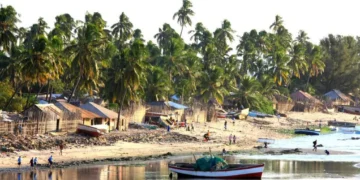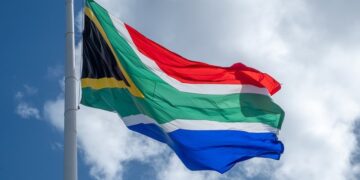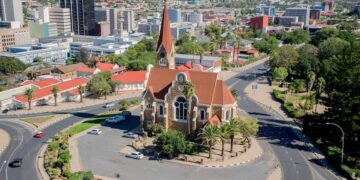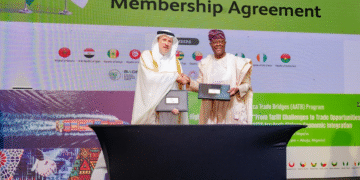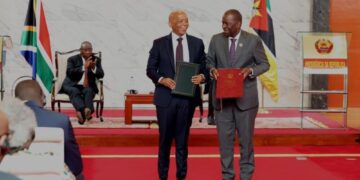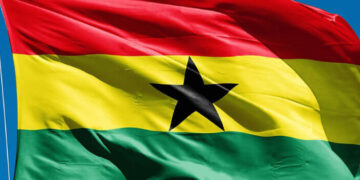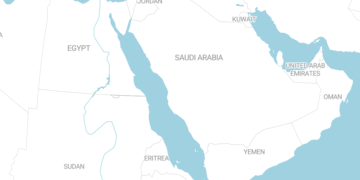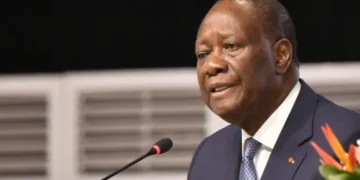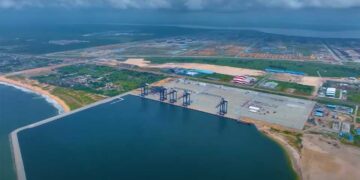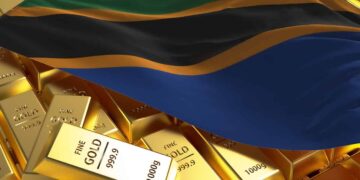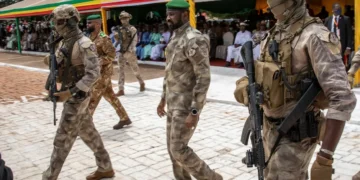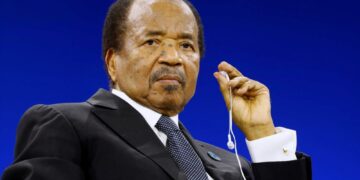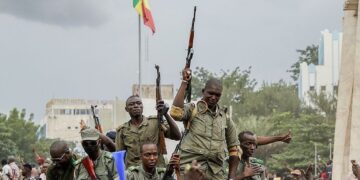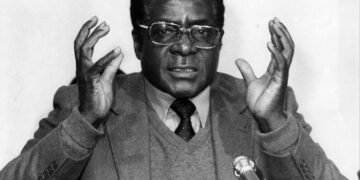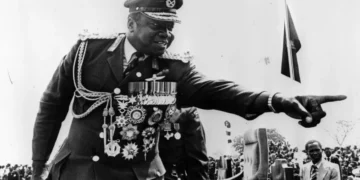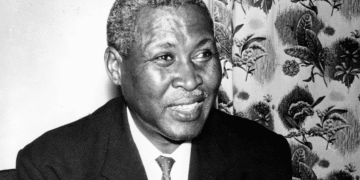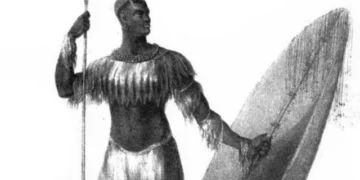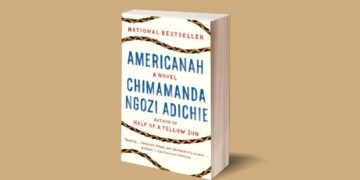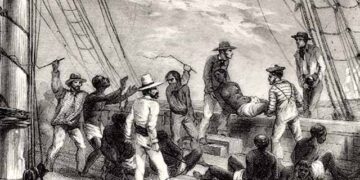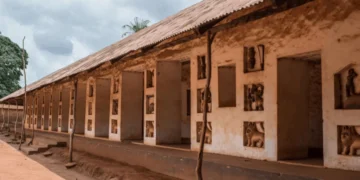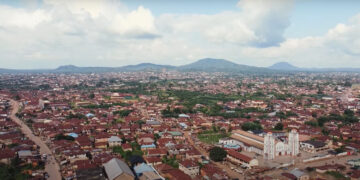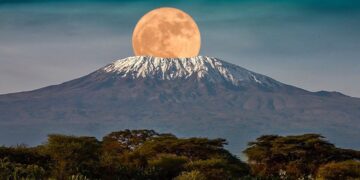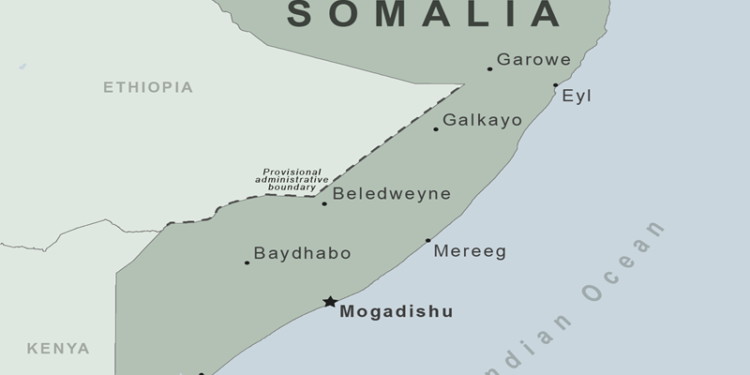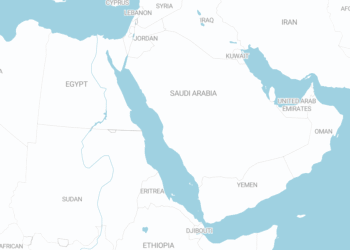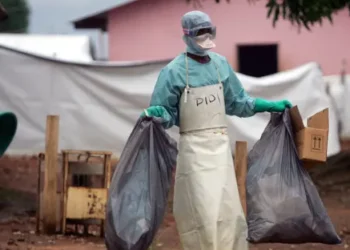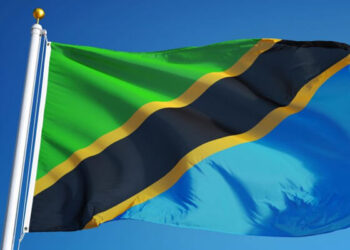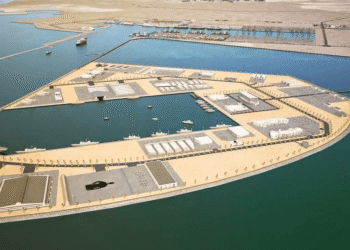Somalia, easternmost country of Africa, on the Horn of Africa. The country is on the Horn of Africa and is bordered by Ethiopia to the west, Djibouti to the northwest, the Gulf of Aden to the north, the Indian Ocean to the east, and Kenya to the southwest. Somalia has the longest coastline on Africa’s mainland.
It has an estimated population of around 18.4 million (in 2023), of which over 2 million live in the capital and largest city Mogadishu. Around 85% of its residents are ethnic Somalis. The official languages of Somalia are Somali and Arabic, though the former is the primary language.
The Republic of Somalia was formed in 1960 by the federation of a former Italian colony and a British protectorate.
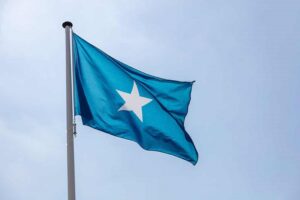
Islam is the dominant religion of Somalia, practiced by over 99% of the population. It was introduced to the northern Somali coast early on from the Arabian Peninsula, shortly after the hijra. Zeila’s two-mihrab Masjid al-Qiblatayn dates to the 7th century and is the oldest mosque in the country.
Somalia has the highest population of camels in the world around 6.2 million camels. The country is not entirely homogeneous, 85% of the population is ethnic Somali with the remaining 15% consisting of Arab and Bantu populations, despite this, Somali is the dominant language. For centuries nomads have relied on meat, maize, and camel milk, the cuisine – therefore, has always been very simple. The Arab and Bantu ethnic groups almost exclusively live in coastal/urban or settled farming areas.
The country is sometimes referred to as the nation of poets as poetry plays a significant role in society. Somali poetry includes both a rich folklore heritage such as work songs (hees-hawleed) sung to accompany everyday tasks like watering camels and a classical form of poetry (maanso) composed by poets. Also, incense plays a vital role in Somali culture and serves various purposes, frankincense is not just known for its inebriating smell, but also for its deep healing properties.



